A few decades ago, people needed to wait for their daily newspaper ration just to know what was happening to their community and the world. They would tune up their radios just to hear the latest news. The television came to being soon after, and information had a broader reach.
Every house had a TV and people became more knowledgeable about the world. Today, the thirst for knowledge has evolved even more with the use of modern technology, specifically the internet, and this SEO Guide will help you understand how things work on the net. ![]()
If you’re selling a service or product, having a website and marketing it on the internet should be a piece of cake. Unfortunately, you’re not alone in your niche. You have a lot of competition.
The design of your website is essential because your audience dictates if your brand is good or bad based on how you appear on the net. The visitors of the site can only do one of two things – either they stay on your page or they visit a different one.
Of course, you want them to do the former. So your page needs the right SEO techniques for more customer conversion, better search rankings, and a more consistent online business presence.
If you already have a site that is not gaining traction, you need to improve its design, and a knowledgeable web design professional can help you do that.
Here are some tips as to how he can adjust it to your advantage.
1. Responsive Design
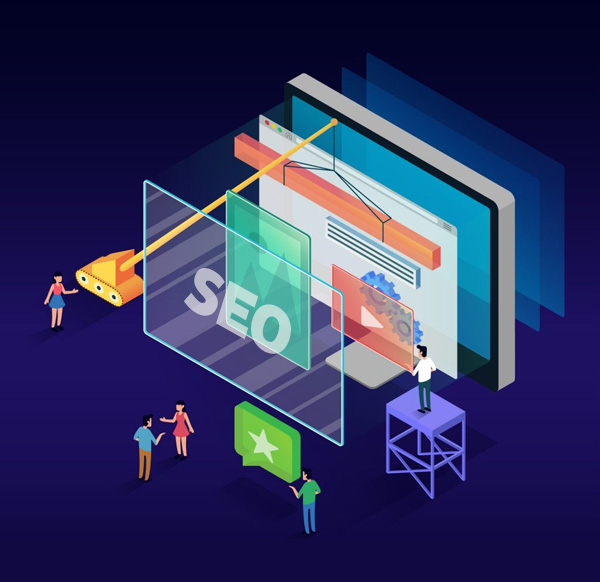
Users have different ways to access the internet, and a responsive design helps by having one design adapt to all screens, whether it’s on Android, iPhone, desktop, or netbook. When you switch from one form of media to the next, you should be able to see the same information with minor changes while still using the same URL.
For instance, you want to switch from desktop to phone. The designer must scale it down to the size of your phone, yet remain readable with all the necessary information. Not doing so leads to problems like an increased bounce rate, which can dampen your rankings.
2. User and SEO Friendly Site Navigation
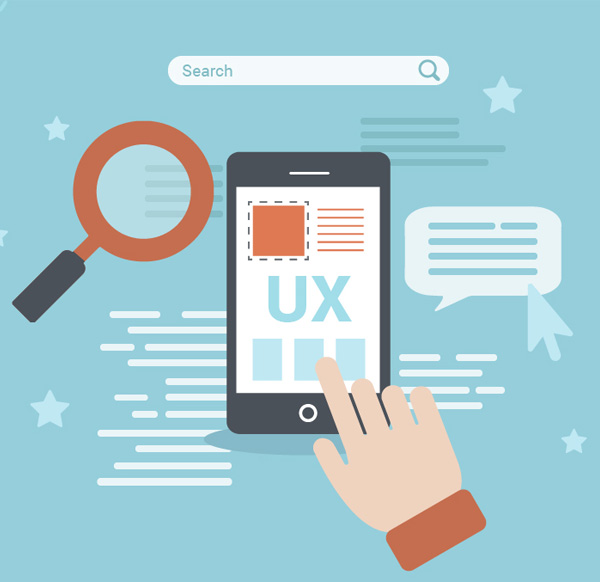
A high ranking webpage is yours and your web designer’s number one priority. That said, the URL of your site should be SEO-friendly. It should be relevant and specific to give your audience some knowledge about your business at a glance.
Some search engines prefer simple and logical URLs to unintelligible ones. Keeping it short and simple is key. Also, the speed of the website is crucial.
If it takes a long time to load, then the potential client might get bored and leave your site for a different one. Mobile websites need to load faster, so consider getting a hosting service provider that is fast and reliable.
Lastly, users should see your navigation bar easily, so strategically place them at the left or top margin of the page.
3. Remove Unwanted CSS and JavaScript from the Site
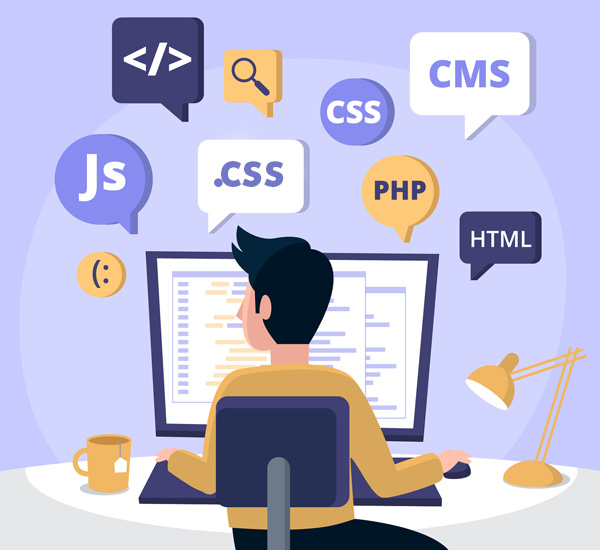
When used correctly, CSS and JavaScript codes can give the decorative and upscale effects that your site needs. But sometimes, these codes tend to overlap, which can throw the site out of whack. For instance, clicking a drop down at the home page should bring you to a proper-looking page.
If you use confusing codes, it may take you to the next page where the content is awry and unclear. You have the option to use both at the same time, but keep in mind that using plain and simple codes will do.
Check and recheck if there is a code overlap, and if you do decide to use both CSS and JavaScript, then proceed to use with caution as it may confuse the system as to what designing or scripting language it should use.
4. Block Pages You Don’t Want Search Engines to Index

Some programs automatically travel across the Web, whether we like them or not. These are called web robots. Also known as web spiders or crawlers, these index everything on your page, even server-side scripts and test designs. In other words, they collect data from pages, even when it is not necessary.
If indexed, these can lower the search position of your website because there could be unintentional duplicate content. Your web designer can prevent the listing of specific web pages by using a robots.txt file. And if your site has parts still up for testing, make sure to put a password on it so that a crawler does not index that part for search engine utilization.
5. Create Unique Title, Meta Description

Meta tags appear in the source code of a page, and it describes the content so the search engines know what it is. If you cannot see these tags, then the meta-description is its complete opposite, as this is visible to the user when accessing search results.
Each page should employ the use of long-tailed keywords, and a custom pattern for search engines to know that the site is legit. A unique title should use suitable keywords in the right heading tags and allow the search engine to do faster page indexing.
6. Optimize the Images to Improve Performance
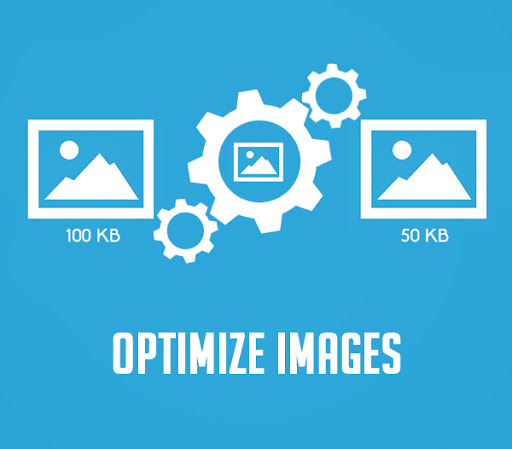
Never use large images on your website, as it can make your site load at a turtle-paced speed. And when the loading speed is slow, the possibility of the user shifting to a different site is high. And you do not want that to happen.
So the recommended image size for fast yet efficient image loading should have a seventy-two dpi resolution. The size of the image should be between thirty to one hundred kilobytes. If you do this, it will ensure better and faster loading for any device – computer, laptop, tablet, or mobile.
7. Make Content Crawlable by Search Engines

SEO is all about crawlable content. Web bots or crawlers are the ones responsible for ensuring that your content gets into search engine indexes. These Spiders visit your website, examine the page content and all hyperlinks, which makes your website crawlable. Make it a bot or crawler-friendly by pointing more links to the page.
If you update with fresh content, the crawlers will be alerted to a new activity. Frequent crawling is a reasonably good indication that your site is still active and relevant. So use good paragraph, link, and heading structure. A sitemap can also inform crawlers for any website changes, so having that is an efficient web design practice as well.
Also, make sure that your site is not password-protected to ensure that the friendly bots can get into your page and crawl to its heart’s content.
8. Don’t Neglect Image ALT Attributes
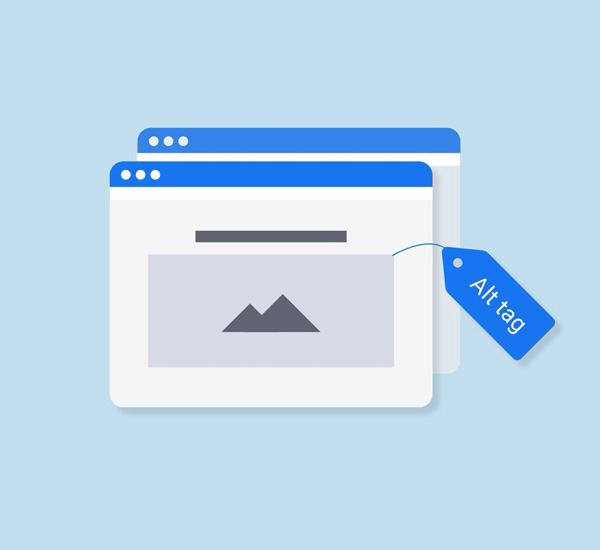
There are times when the user clicks on an image, but it does not load. One reason for this could be because the internet connection is slow, the user may be using a screen reader application (meant for those with visual disabilities), or there is an error in the src attribute (URL of the image itself).
Even if there is no visible image, the designer should use an ALT attribute to direct the user to the selected keywords in the text content of the page.
9. Optimize for Mobile Phones
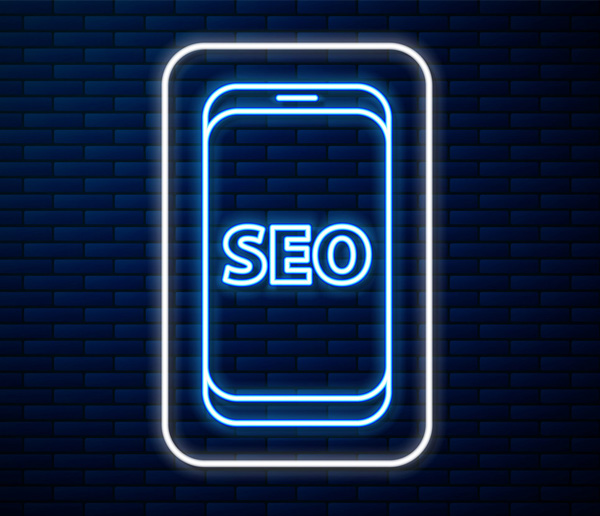
If you look around you, almost everyone – man, woman, and even child – has a phone. A mobile phone is convenient, handy, user-friendly, and portable.
Aside from its usual call-and-text use, more and more people use them to search for information pertinent to their daily lives. They do searches on anything and everything, from food to pets, houses to beaches. Internet connection is a must for most of these mobile phone users.
Therefore, a web designer should always keep in mind that his designs should continuously make optimization possible for mobile use. The interface should be user-friendly and easy to read. If they can open the site on their phones, then they could open it over and over again, anytime and anywhere.
10. Allow for Link-Sharing on Social Media Platforms

How do you get a lot of people to click on your URL? The answer to that is social media. Your site may have all the makings of the perfect page, but without a social media presence, your page is all for naught.
Having at least one social media account connected to it will bring it to greater heights on the search engine results page. Make a social media account for your site. You can choose from Twitter, Instagram, Facebook, Pinterest, etc., or you can opt to have all of them. Then add social media buttons on the web page design.
If your users like the content, they will have the option to share it on their social media accounts. The clicks will increase traffic to your site. The more clicks, the more chances of reaching the top of that search engine results page.
Conclusion
Web design is the life of a successful website. You can do it on your own, but sometimes, you need the help of a web designer who has both the SEO skills and knowledge to pull your website through. He will know how to optimize your site and your connecting business best.
Your designer will be the best SEO Guide that you can have. With the relevant content, use of SEO tools, and enhancement, it can lead your site to breathe the same search engine results space as the great ones in your industry.














